By Olivia Engmann, Marco Brancaccio
In this book, leading experts in the field review how circadian rhythms impact the brain. An essential function of mammalian life is the exploitation of the regularities provided by the 24-hour cycle of day and night. The development and evolution of circadian clock mechanisms have allowed us to optimally adapt our behavior and physiology to the external world. Not surprisingly, a growing body of evidence links the disruption of circadian rhythms by genetic, lifestyle and environmental factors to illnesses of the brain.
In the first section of the book, readers will learn about the molecular and anatomic architecture of circadian function in mammals. The ways in which environmental disruptions and misalignments can influence such mechanisms and therefore impair brain function and health status are also addressed. In the second part, the focus shifts to those brain regions responsible for brain function and the body-wide regulation of circadian function. Amongst others, special attention is paid to the role of astrocytes and the brain’s reward and hyprocretin / orexin systems. The book concludes with an extensive discussion on the consequences of circadian rhythm dysfunction. Several chapters present the latest findings on Attention Deficit Hyperactivity Disorder, schizophrenia, autism spectrum disorder, drug abuse and mood disorders.
Written by auhorities in the field, the book provides a state-of-the-art review of the latest findings on circadian clocks in the brain and highlights their potentially far-reaching impacts on our health and well-being. As such, it is essential reading for all neuroscientists and clinicians seeking to understand the intricate connections between circadian rhythms and brain health and illness.
Product Details
- Publisher : Springer; 1st ed. 2021 edition (November 13, 2021)
- Language : English
- Hardcover : 199 pages
- ISBN-10 : 3030811468
- ISBN-13 : 978-3030811464
- ISBN-13 : 9783030811464
- eText ISBN: 9783030811471

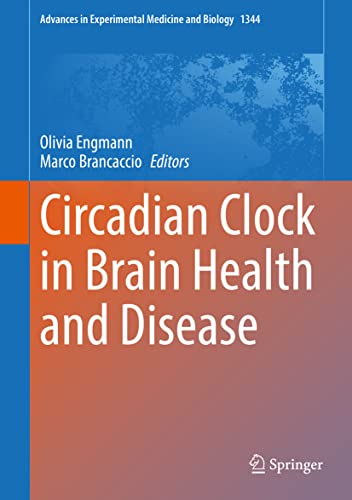
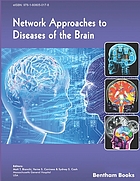



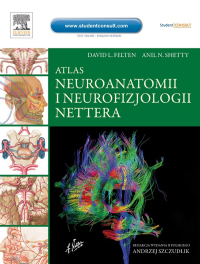
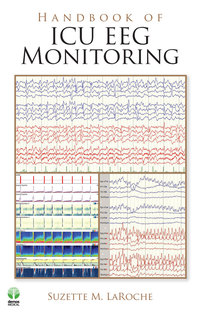
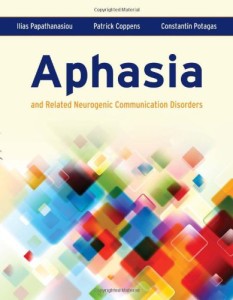

Reviews
There are no reviews yet.